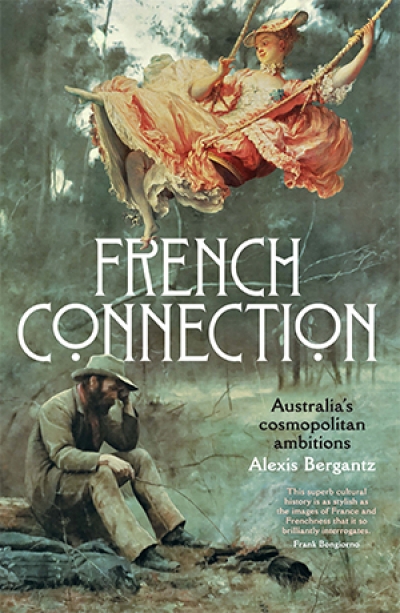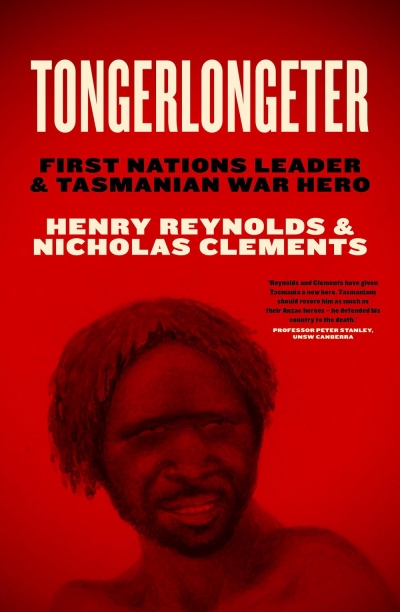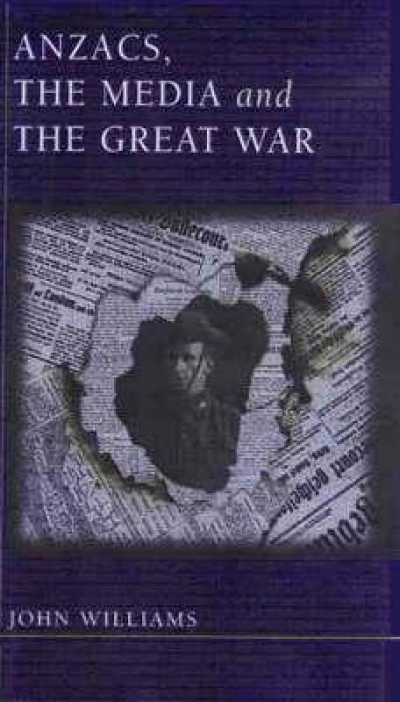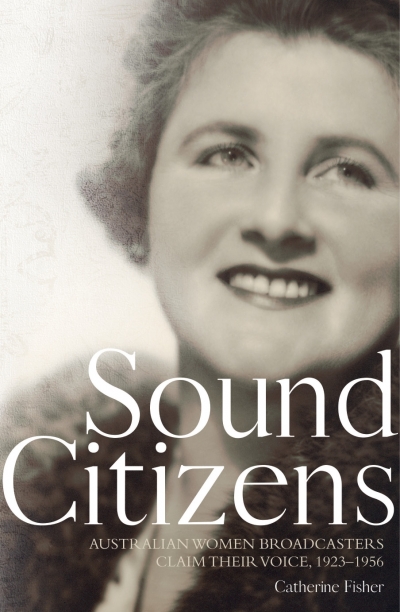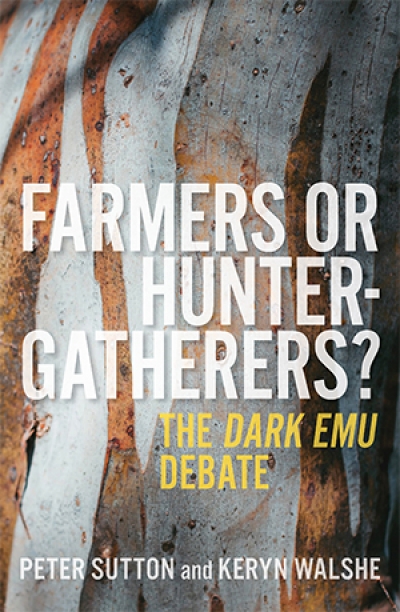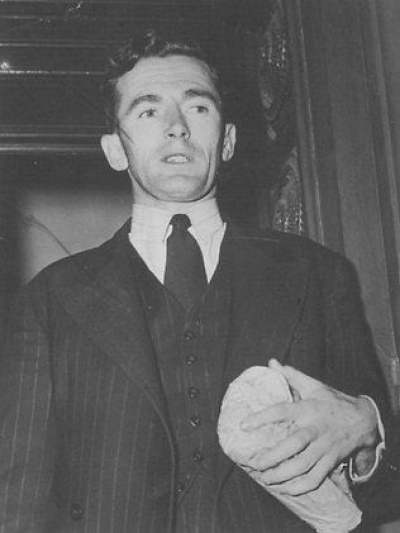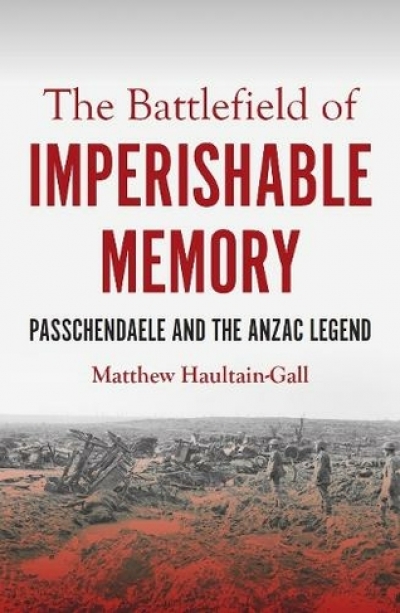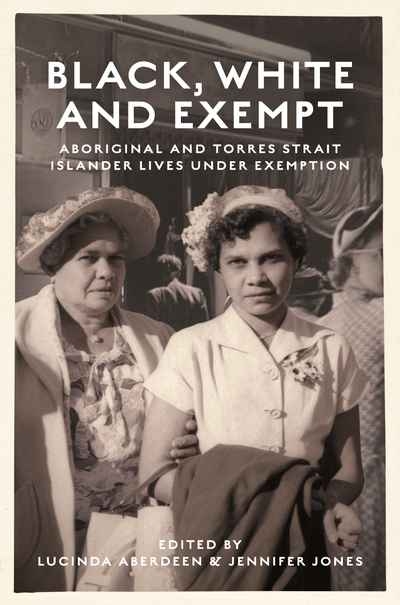Australian History
Travel itineraries are significant in the world of diplomacy, as Ian Hoskins illustrates in this panoramic survey of Australia’s interactions with the Pacific. Gareth Evans, freshly installed as Australia’s foreign minister in 1988, made a point of visiting the South Pacific neighbourhood before paying his country’s traditional obeisance to Washington and the European capitals. Within a month he had visited Papua New Guinea, Nauru, the Solomons, New Caledonia, Vanuatu, Western Samoa, Tonga, Fiji, and New Zealand. Evans was sending a message, visibly prioritising ‘our Asia-Pacific geography over our Euro-Atlantic history’.
... (read more)Title Fight: How the Yindjibarndi battled and defeated a mining giant by Paul Cleary
On the wall of Yindjibarndi leader Michael Woodley’s modest office in the Pilbara Aboriginal community of Roebourne hangs a large framed portrait of Muhammad Ali and a pair of boxing gloves. It seems a highly appropriate metaphor for the tale of this small Aboriginal group’s thirteen-year resistance to one of Australia’s most powerful companies, now recounted by former Australian journalist Paul Cleary.
... (read more)French Connection: Australia’s cosmopolitan ambitions by Alexis Bergantz
While France provided a relative trickle of immigrants – the French in Australia numbered only four thousand at the end of the nineteenth century – its influence in Australia was surprisingly pervasive. Some years ago, an exhibition entitled The French Presence in Victoria 1800–1901 drew together an extraordinary range of materials, including French opera libretti and school textbooks printed here, together with original Marseille tiles and sumptuous fabrics. But Alexis Bergantz’s new book, French Connection, is not concerned with the spread, or penetration, of French goods. Rather, it is a careful examination of the idea of France. It is typical of its verve and elegance that the cover captures this nicely: Fragonard’s frilly beauty swings high at the top, a world away from the bottom-left corner, where Frederick McCubbin’s bushman sits Down on His Luck. (Tom Roberts got it in one: his well-known painting of Bourke Street includes the French tricolor, flapping from a shopfront.)
... (read more)Tongerlongeter: First Nations leader and Tasmanian war hero by Henry Reynolds and Nicholas Clements
Tongerlongeter was surely one of Australia’s toughest military leaders. Henry Reynolds and Nicholas Clements expressly narrate his story to affirm the place of the Frontier Wars in the Anzac pantheon. Reflexive conservative responses to such arguments – that Anzac Day commemorates only those who served in the Australian military – are flawed and outdated. The Tasmanian frontier is one of Australia’s best-documented cases of violent operations against Aboriginal people. In 1828, Governor George Arthur, unable to gain control over the ‘lamentable and protracted warfare’, issued a Demarcation Proclamation later enforced by the formation of Black Lines, military cordons stretching several hundred kilometres across southern and central Tasmania to secure the grasslands demanded by white settlers.
... (read more)The myth and reality of the Anzac legend has proven a perennial subject of inquiry and argument for over thirty years now, since the publication of Ken Inglis’s justly famous articles in Meanjin and elsewhere in 1964–65. These prompted a spirited exchange with the late Geoff Serle and others. More recently, John Robertson examined the Gallipoli campaign in terms of the myth (1990), and found the critics of Australian martial performance wanting, while Eric Andrews took the Anglo-Australian relationship between 1914 and 1918 to task (1993), and found duplicity and manipulation in the construction of the Australians’ image.
... (read more)Sound Citizens: Australian women broadcasters claim their voice, 1923-1956 by Catherine Fisher
In the era of perpetual Covid lockdowns, many of us can relate to the isolation of the mid-twentieth-century housewife. Like her, we’re stuck at home, orbiting our kitchens, watching the light move across the floorboards. Each day mirrors the last, a quiet existence spent mostly in the company of the immediate household. Yet whereas we can flee our domestic confines via Netflix or TikTok, last century’s housewife had fewer avenues to the wider world. There was reading, of course – books or magazines or newspapers – but this was usually reserved for the end of the day. For most waking hours, her hands and eyes were needed for cooking, cleaning, mending, childcare, and a thousand other tasks.
... (read more)Farmers or Hunter-gatherers?: The Dark Emu debate by Peter Sutton and Keryn Walshe
For anyone who has spent substantial time recording Aboriginal cultural traditions in remote areas of Australia with its most senior living knowledge holders, bestselling writer Bruce Pascoe’s view that Aboriginal people were agriculturalists has never rung true. Farmers or Hunter-gatherers? The Dark Emu Debate – co-authored by veteran Australian anthropologist Peter Sutton and archaeologist Keryn Walshe – has already been welcomed by Aboriginal academics Hannah McGlade and Victoria Grieve-Williams, who reject Dark Emu’s hypothesis that their ancestors were farmers (like Pascoe himself).
... (read more)La Trobe University Essay | 'A BIG LIE: Manning Clark, Frank Hardy and "Fictitious History"' by James Griffin
‘People are not entitled in a civil society to pursue a malicious campaign of character assassination based on a big lie.’ This was Andrew Clark, son of the historian Manning Clark, expressing understandable outrage on behalf of his family. The issue was the infamous allegation, based on nebulous evidence, that Manning was ‘an agent of Soviet influence’ and had been awarded the Order of Lenin. Unfortunately, as the Clarks will know, the big lie, even when refuted, spreads across generations. Although the onus is supposed to be on the accusers to prove their allegations, in reality it is easily, plausibly reversed.
... (read more)The Battlefield of Imperishable Memory: Passchendaele and the Anzac Legend by Matthew Haultain-Gall
This book is about the battles in which the First Australian Imperial Force took part between June and November 1917. It is not, however, a battle history. Rather, it takes the interesting approach of investigating how Australians remember these battles. Spoiler alert: they don’t.
... (read more)Black, White and Exempt: Aboriginal and Torres Strait Islander lives under exemption edited by Lucinda Aberdeen and Jennifer Jones
In the process of British colonisation, Aboriginal people lost their country, kin, culture, and languages. They also lost their freedom. Governed after 1901 by different state and territory laws, Aboriginal peoples were subject to the direction of Chief Protectors and Protection Boards, and were told where they could live, travel, and seek employment, and whom they might marry. They were also subject to the forced removal of their children by state authorities. Exemption certificates promised family safety, dignity, a choice of work, a passport to travel, and freedom. Too often, in practice, exemption also meant enhanced surveillance, family breakup, and new forms of racial discrimination and social segregation.
... (read more)



